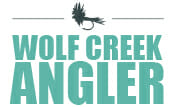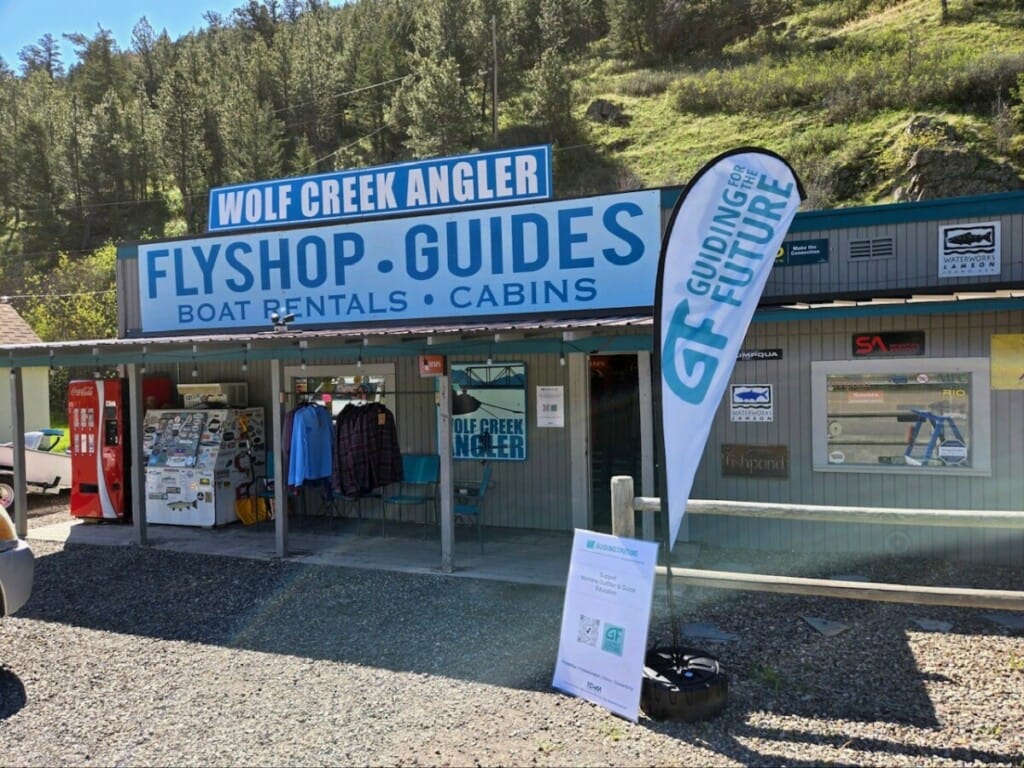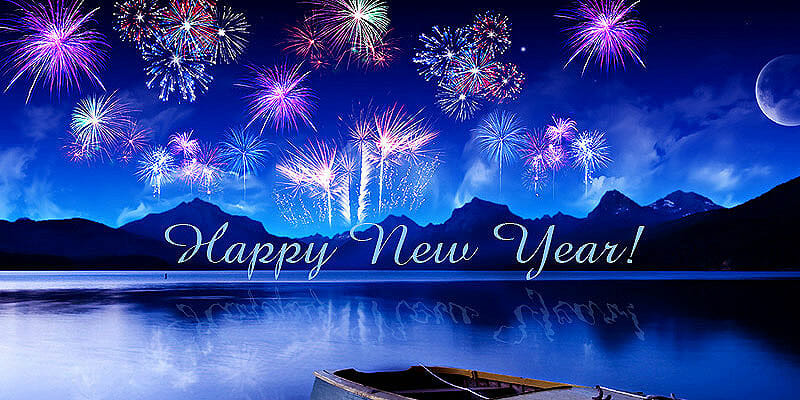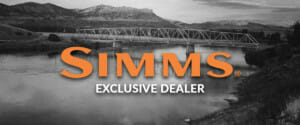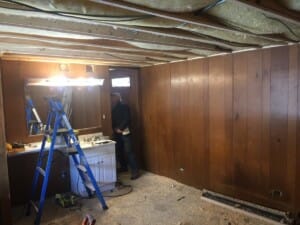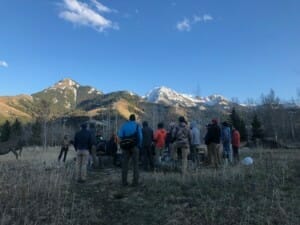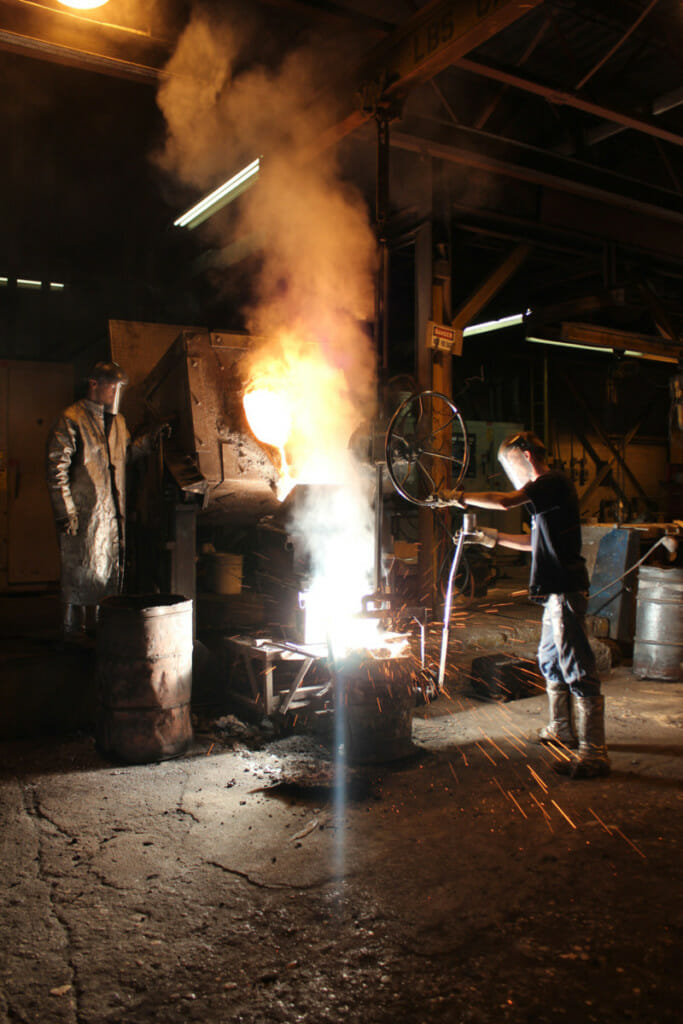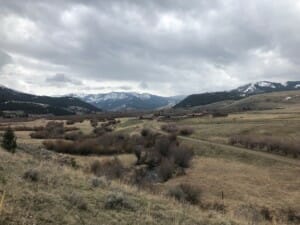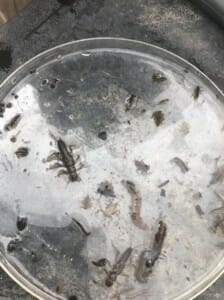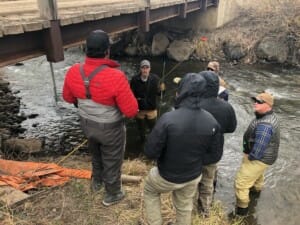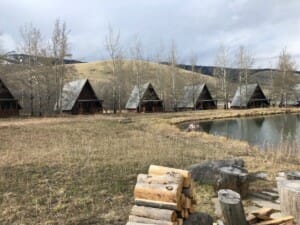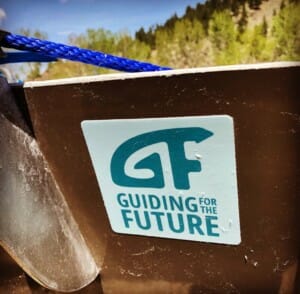Mid May Rundown
May is already half gone as the blur of the busy season starts to overtake the rhythms of daily routine, replacing them with a steady immersion in the day to day essentials of the fly shop/guide trip/lodging/shuttle business.
With the accelerated passage of time that always ensues this time of year in the Montana fly fishing world it’s easy to let it fly by unnoticed which will likely happen at times during the season but while we’re thinking of it here’s a rundown of what’s happening.
Bugs – BWO’s have made a decent showing but are likely on the downward trend as the month of May slips past. Caddis have emerged. Good reports from the mid to lower stretches the last couple of days. PMD’s are next and generally show up late May/early June, weather dependent. The dry fly set is thrilled for the Caddis and waiting patiently for PMD days. Regardless of when those days arrive, if you’re nymphing you should be breaking out the PMD nymphs now. Baetis nymphs are getting plenty of attention so don’t abandon them just yet but do add Split Case PMD’s and the like to your repertoire sooner rather than later.
Streamer fishing has been hit or miss but with what looks to be a spell of wet, cooler weather ahead, if streamers are your game the week ahead could be good.
Creek Opener – The 2024 General Fishing Season opener is Saturday which is more of a Western District thing as much of the Central District is open all year but there are plenty of exceptions like the Dearborn and Little Prickly Pear in our neighborhood that open this weekend.
Dearborn Shuttles – And speaking of the Dearborn…flows are currently around 480 CFS, leveling off after peaking at around 540. It’s hard to say what will happen with these flows but it is floatable at the moment and we’ve done a few shuttles up there already and have gotten a number of inquiries about shuttles this weekend. Please call at least a day in advance to get on the list for Dearborn shuttles as we’ll be limiting them to just a couple of runs/day. We’ve got reservations on the books for both Saturday and Sunday and we have room to do a couple more each day but please do call ahead. We won’t be able to do them on a same day/walk in basis.
Guiding for the Future Featured Fly Shop of the Month – We are honored to be the first G4F Fly Shop of the Month in Montana. Guiding For The Future is part of a new continuing education program developed by the Fishing Outfitters Association of Montana to inspire dedicated stewardship of aquatic ecosystems while increasing knowledge, professionalism, and ethics of fishing guides, outfitters, and the fly-fishing industry. I had the pleasure of attending the first Guiding for the Future program in 2019 and since that time nearly half of our guide staff has been through the program and those individuals are now acting Guiding for the Future Ambassadors. Please consider rounding up your next purchase at Wolf Creek Angler to donate to the annual program which is provided free of charge to guides and outfitters in Montana and is funded by monies raised by FOAM as well as by private and corporate donations. G4F is the future of guiding in Montana and beyond. Donations can also be made directly to G4F at https://donations.guidingforthefuture.org/…
You’ll notice the G4F flag and sign out in front of the shop for the remainder of this month and hopefully our fly shop associates will ask you if you’d like to round up your purchase as a donation. We’ve gotten overwhelmingly positive responses when we’ve been asking customers if they’d like to round up though not everyone wants to support the program. If it’s busy when you’re here we’ll likely not go into the whole spiel but as a G4F Ambassador I can tell you that it is a program worthy of your support. G4F has thus far graduated 80 Montana Guiding for the Future Ambassadors, all of whom have chosen to go above and beyond by seeking continuing education designed enhance their already superior guiding skills with a deep understanding of ethics and professionalism in the industry. Thus far the average “roundup” seems to be right around .30 – .45, a small sacrifice to fund an amazing program that is provided free of charge to participants.
Guiding for the Future operates on a $50k annual budget which is completely funded by a portion of FOAM Memberships and donations from outside individuals and businesses. If you are feeling particularly moved by our mission we are also accepting Sponsorships at the following levels…
$2500 – Silver Level Sponsorship (Annual Per Student Cost)
$5000 – Gold Level Sponsorship (Half of Annual Practicum Cost)
$50,000 – Platinum Sponsorship (Covers entire annual budget of G4F)
Every little bit helps. Please consider making a donation in any amount today and if you’d like to hear more about the program we love talking about Guiding for the Future.
G4F is delivered through FOAM’s separate non-profit organization, the Montana Fishing Outfitters Conservation Fund. The Conservation Fund is an exempt organization as described in Section 501 (c)(3) of the Internal Revenue Code; EIN 81-0523165. No goods or services were provided in exchange for this contribution.
Shop Hours – Currently 7:30 AM – 5 PM Daily. 7 AM Daily Open coming soon.
